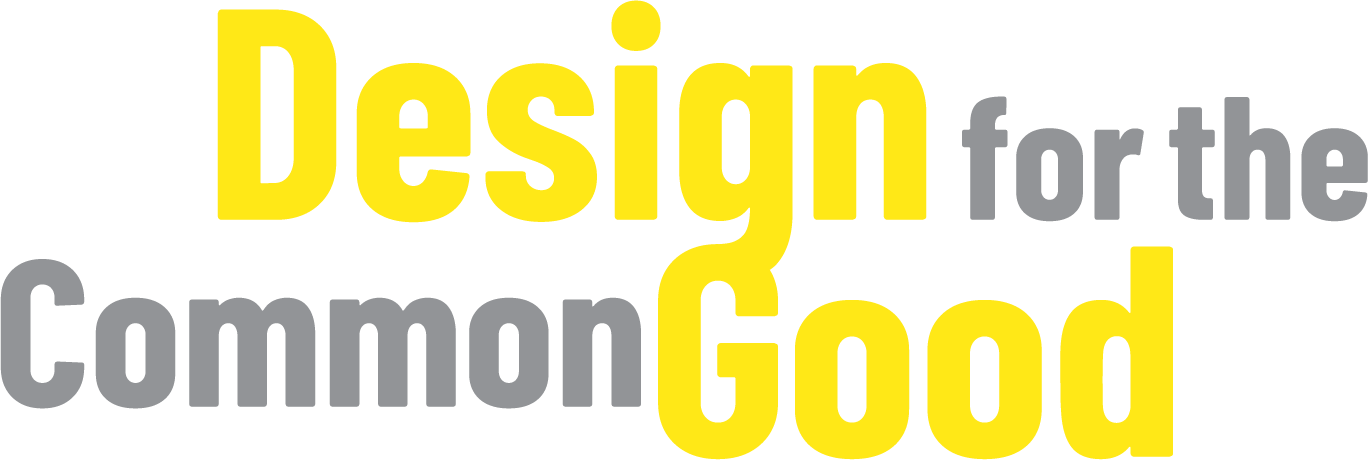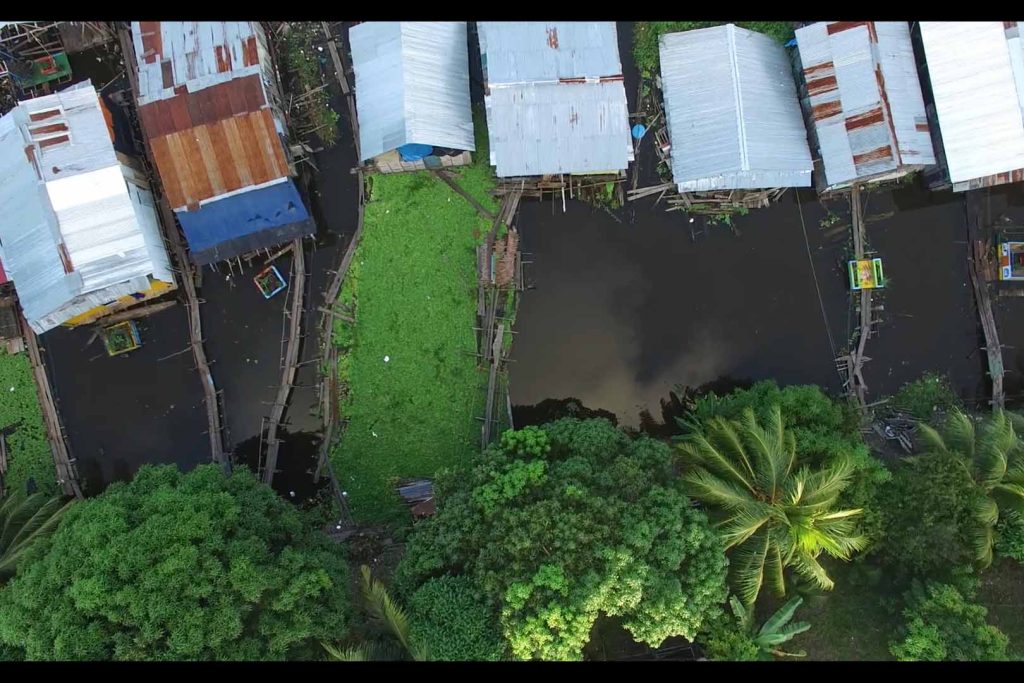InterACTION Labs is a collaborative design activism, research, and education program partnering with the informal amphibious community of Claverito in Iquitos, Peru. A community-driven program, the interdisciplinary team of designers and researchers works closely with residents to implement a built environment intervention each year and longitudinally measures changes in human and ecological health, or One Health. Now in its fourth year, the project includes a waterfront park with community center, amphitheater, and medicinal habitat garden as well as 60 household floating gardens with medicinal and edible plants.
Cause
In the Amazon Rainforest, deforestation, industrial agriculture, resource extraction and climate change are causing mass jungle-to-city migration, resulting in large swaths of informal Indigenous migrant communities. In Iquitos, 90,000 migrants live in amphibious communities in floating or stilted homes, which are tied not only to cultural opportunities but also to health and disease, poverty, discrimination, and sociopolitical barriers to upward mobility. There is no political framework to provide environmental, health, or public services, and limited design guidelines or ecological or health data in these unique environments. In danger of eradication by a desperate government, the amphibious community of Claverito has asked for assistance in finding creative yet evidence-based design solutions to continue their traditional amphibious practices while adapting to healthy urban living.
Method
From the start, the project team led community members through participatory workshops to identify community needs, priorities, and aesthetics. One example was the Claverito Bonito photovoice project, in which residents were asked to photograph beauty in their community, displayed in an exhibit in Claverito. This helped the team quickly understand aesthetics, values, and cherished aspects of the community.
After identifying a project, the community worked with the team to refine plant choices, cultural expression, materials, and form. An example of participatory design refinement was a health and environment fair that facilitated the exchange of Indigenous and Western knowledge of medicinal plants to assist in a co-created plant palette for the medicinal-plant garden.
Impact
The interdisciplinary team has documented notable improvements in food and medicine security, mental health, biodiversity, trash reduction, injury reduction, community image, and access to government health and social programs. The participatory processes contribute to increased sustainability and stewardship as well as skill building for residents. These processes embed positive memories and social relationships into the projects, and community members show ownership of the resulting built environment changes by expanding, repairing and enhancing their gardens, and giving tours to visitors.

